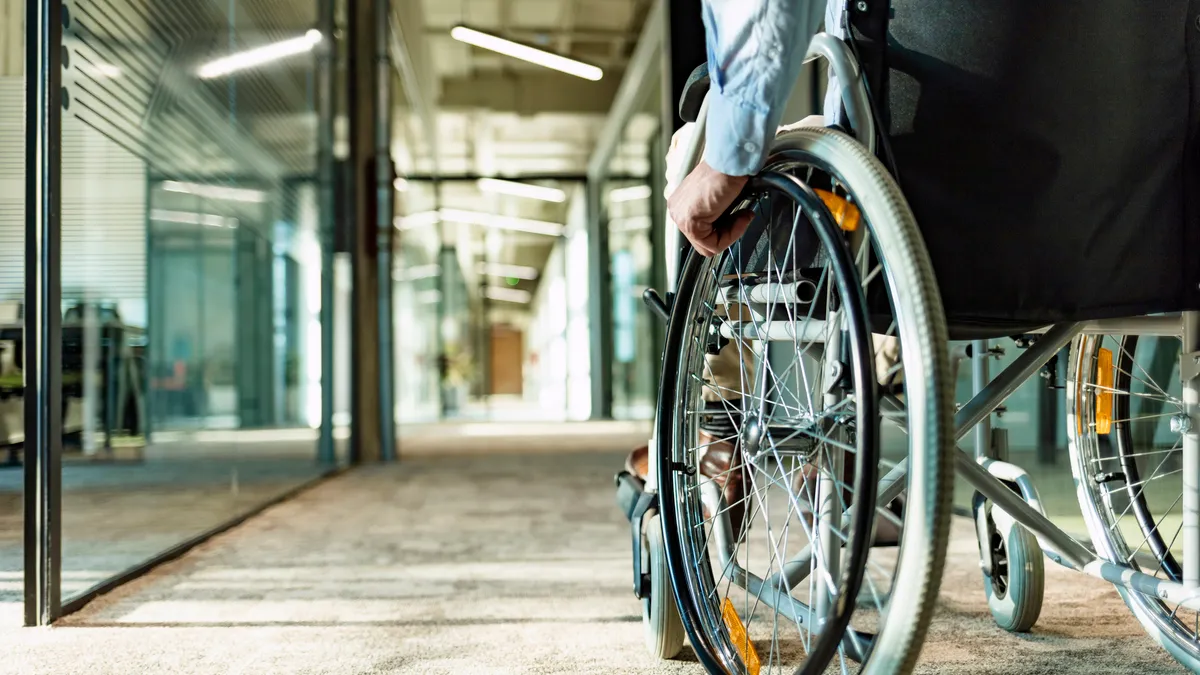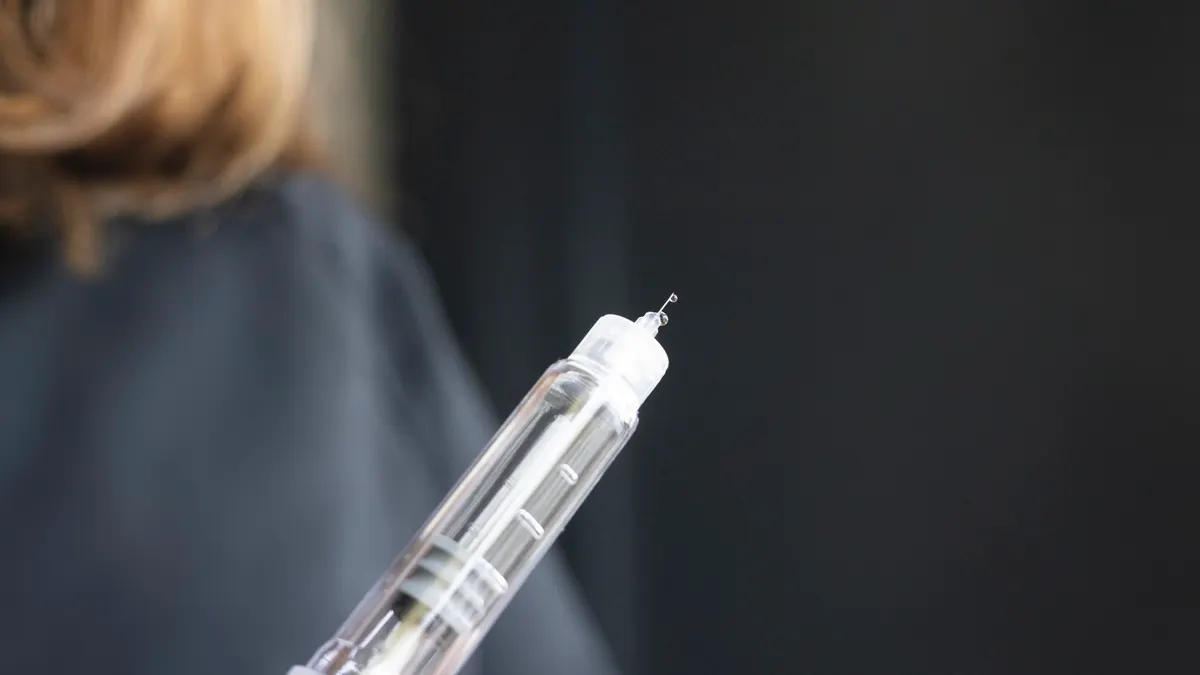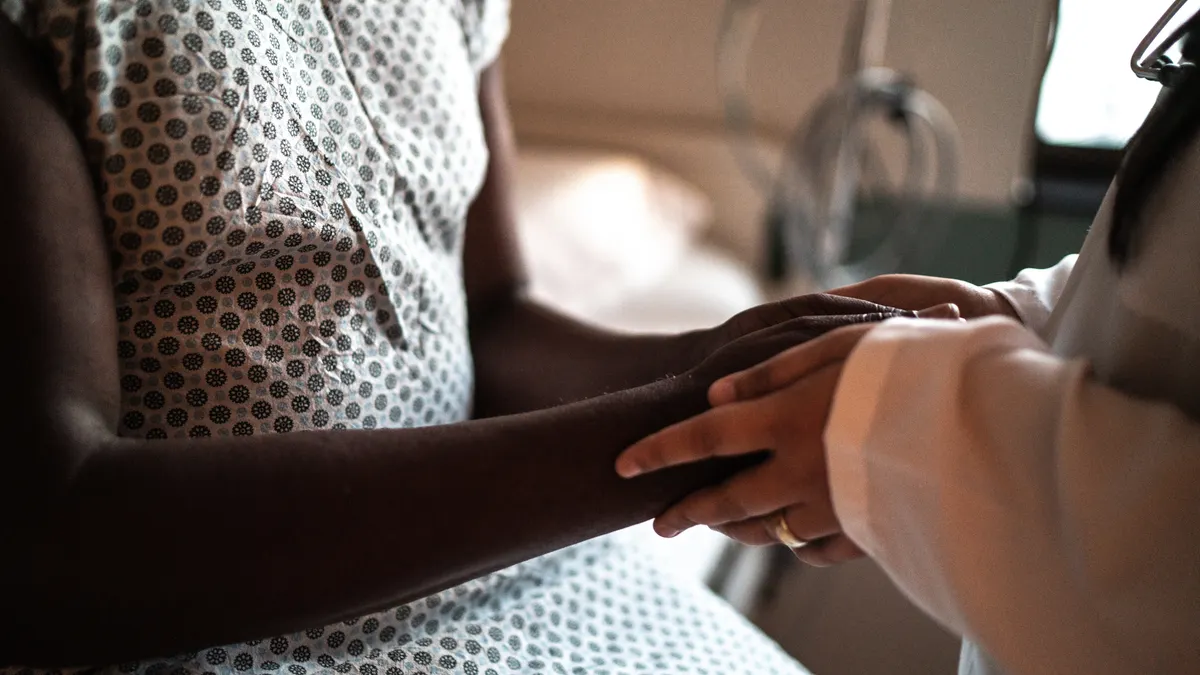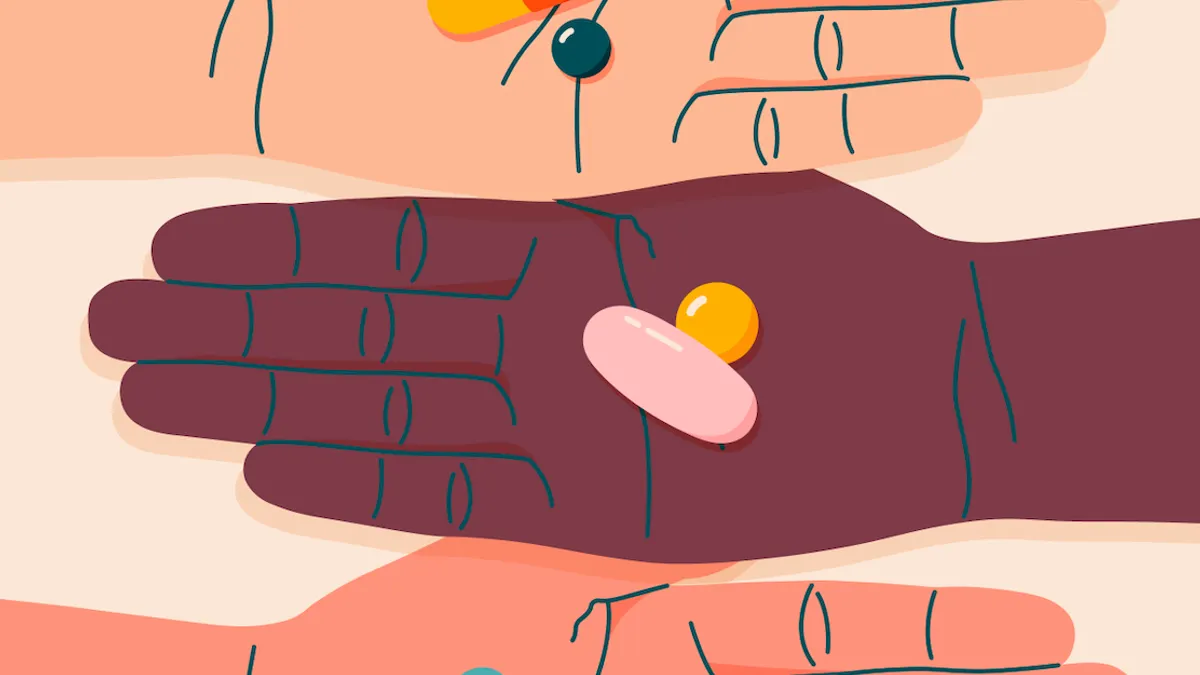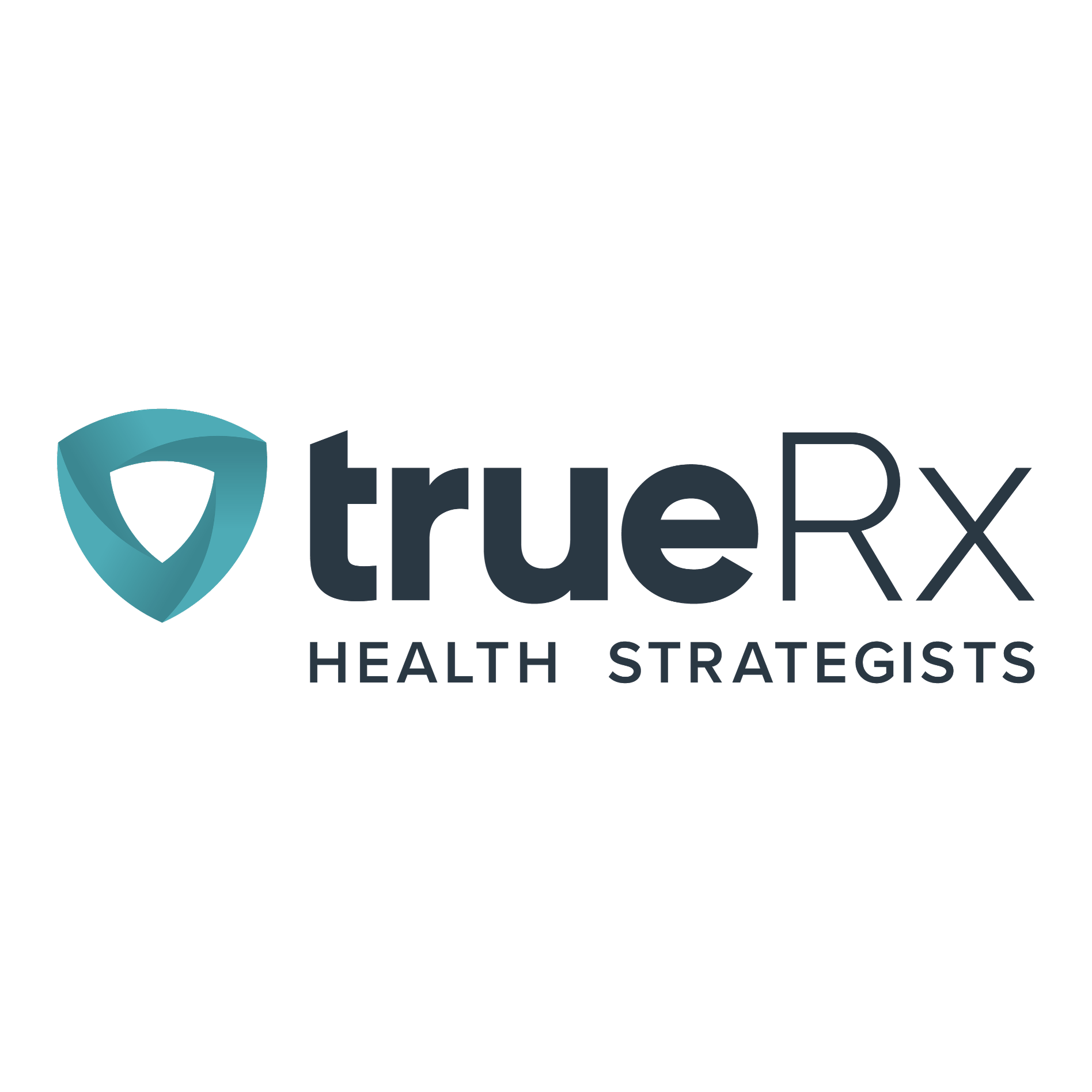One in four individuals in the U.S. are or will become disabled — either a temporary or permanent disability.
This startling statistic was highlighted during Advertising Week’s Opportunities for People with Disabilities in the Workplace panel held last month in conjunction with National Disability Employment Awareness Month (NDEA). And it’s a rate that means everyone is touched by a disability through a loved one or friend, Carly Kuper, senior vice president, public relations and corporate communications, CMI Media, and one of the event’s panelists, said.
Due to the COVID-19 pandemic, the number of Americans struggling with disabilities is also rising.
According to the CDC, about one in five of the nearly 40% of Americans with reported cases of COVID-19 said they had “long COVID” symptoms that lasted three or more months after contracting the virus. Last year, the Department of Health and Human Services classified long COVID as a disability under the Americans with Disabilities Act (ADA) and provided guidance on the protections available for these employees.
CMI, a media and planning company, recently published a point-of-view white paper called “The Power of Disability” that explores the issues related to disabilities not only for workforces but how companies need to think about their policies when they consider the patients they serve.
Here, Kuper; Sumita Ell, supervisor, social intelligence, CMI; and Amy Litt, vice president, communications planning, CMI, explain what they learned from their research for the white paper and how companies can approach inclusion efforts of employees with disabilities.
The interview has been edited for style and brevity.
PHARMAVOICE: What do companies need to do differently to make sure they're not excluding or overlooking these individuals with disabilities from being significant contributors?
SUMITA ELL: In putting together our POV, we really wanted to understand the voice of the community from the community itself. And from that, we were able to pull a few takeaways, including utilizing the tools that are already on platforms we have, specifically social but also for broader accessibility platforms, such as closed captioning. It's also color contrast, there's an entire organization around accessibility standards for the web for any kind of digital advertising or education so it’s visible to people who have neurologic differences. The most important takeaway from this community is that we just need to listen and be open to hearing from them, because we may not fully understand everyone's needs, but there are opportunities for us to understand them from their own voice.
Are clients approaching you with this as an issue, or are you bringing their attention to the issue as something they need to solve?
AMY LITT: It's definitely more of the latter. It's always great when our clients come to us and start with an understanding or insecurity around the different needs of their audiences, we are very proactively looking into cross cultural audiences and underserved audiences in health care. Because we know these are underserved audiences, there's a lot of whitespace and a lot of opportunity for clients to be effective. Our first suggestion is for clients to seriously consider the needs of their audience with disabilities and therefore build strong recognition and brand loyalty and extend their ROI. So, while we would love to say that this is something everybody knows that they need, it's something that still needs elevating.
One of the biggest things that people who are disabled face in the workforce is inherent bias. How can this be overcome?
CARLY KUPER: I think that there is a stereotype that someone with a disability wants to change. But, they see their disability as way to connect to their superpowers. We need to approach people at the center, and this means really microtargeting, segmenting and targeting around what people want and need versus what you're assuming they need and having a one-size-fits-all approach.
Is there ever a danger of positioning individuals with disabilities, in marketing or within communications, where it could be construed as exploitive?
Litt: One of our colleagues in the WPP network launched a body of research that's complementary to what CMI’s POV called ‘See Her’ and it was about the representation of women in marketing, and it focused specifically on people of color and people with disabilities who identify as female. Something that they brought up that I felt was so important to consider, particularly for people with disabilities is this idea of political exceptionalism. And the idea that anybody who is disabled and leading a normal life or a successful productive life is somehow a beacon of inspiration. And while it sounds great, and on its face is very honoring to say, ’Oh, look at this person, isn't it amazing that they are able to have a successful career or run a marathon or raise kids or whatever the case may be?’
But to (Kuper’s) point, we want to talk about people as people first, and any kind of adjective second. So highlighting people, even in healthcare marketing, as someone who's a survivor is automatically a superhero and inspiration is actually very reductive to their wholeness and experience as a person. So, we need to watch out to avoid those tropes, which limits relatability and creates a dividing line between people with disabilities and people who don’t.
What other learnings came out from your research?
Ell: It’s important to have members of the community as part of the planning process. It’s important to show people with those disease states within the content. Members of the community will be more aligned with understanding this product would be the ideal thing for them because they can see themselves using it or others like them using it.
The other thing that members of this community keep pointing out is that they aren’t represented, but they want to be. We need to listen to what the community is saying and how they want to be represented. I agree that they should not be exploited, but they want to be shown as part of ‘normal society.’ Since the ADA, things have been a little bit normalized, but there's still so much more room to grow. And with the new designation of possibly long COVID patients aligning with their symptoms to be a form of disability as well, we can better understand what the definition of disability is and possibly broaden it to include other communities to be more inclusive overall. We already have a lot of these accessibility tools, but I think they're not actually being activated or we need a better understanding of how productive those tools could be. For example, closed captioning isn't just helpful to members of the community who may have hearing impairment but it can also be helpful for anyone who's consuming content.



